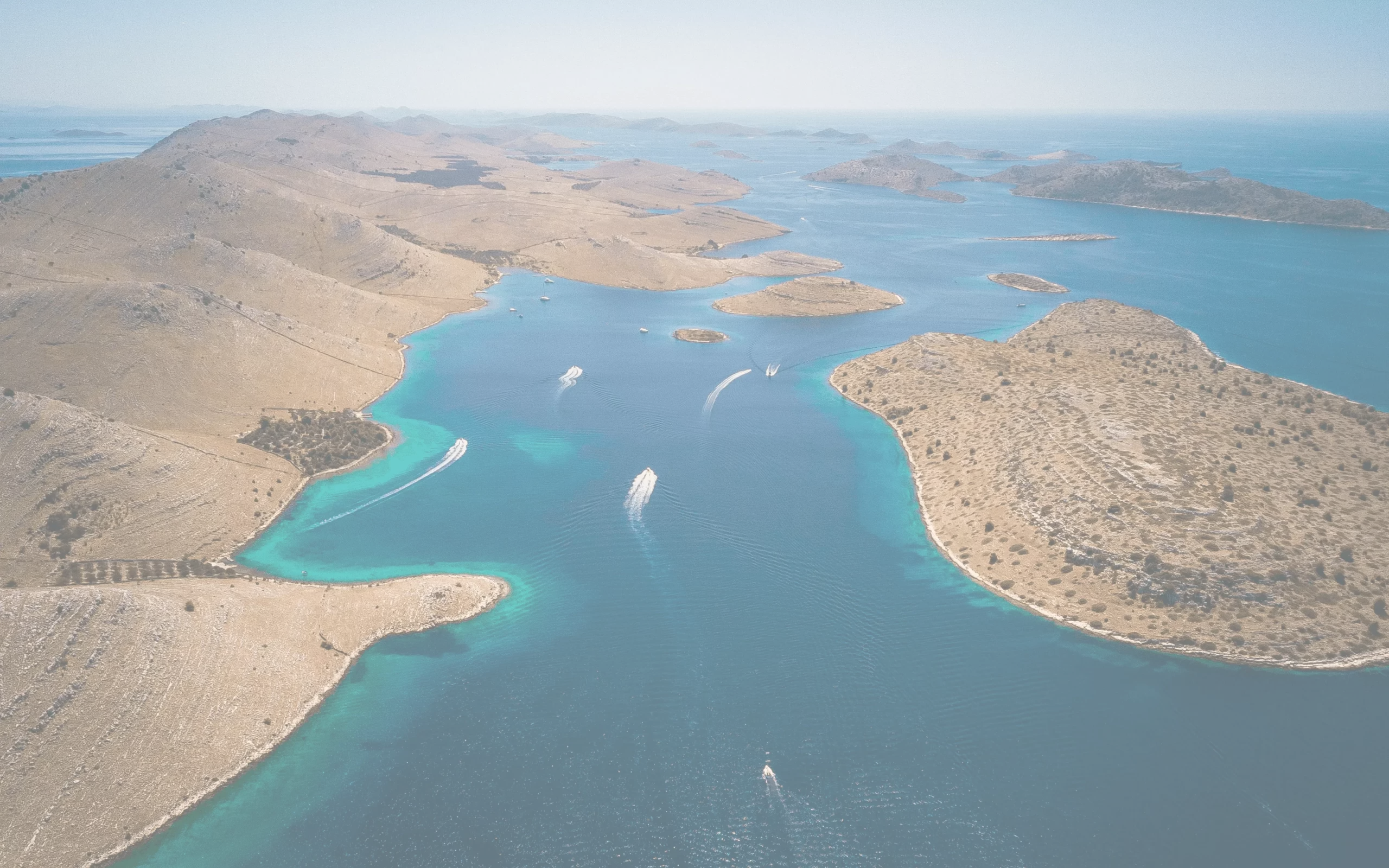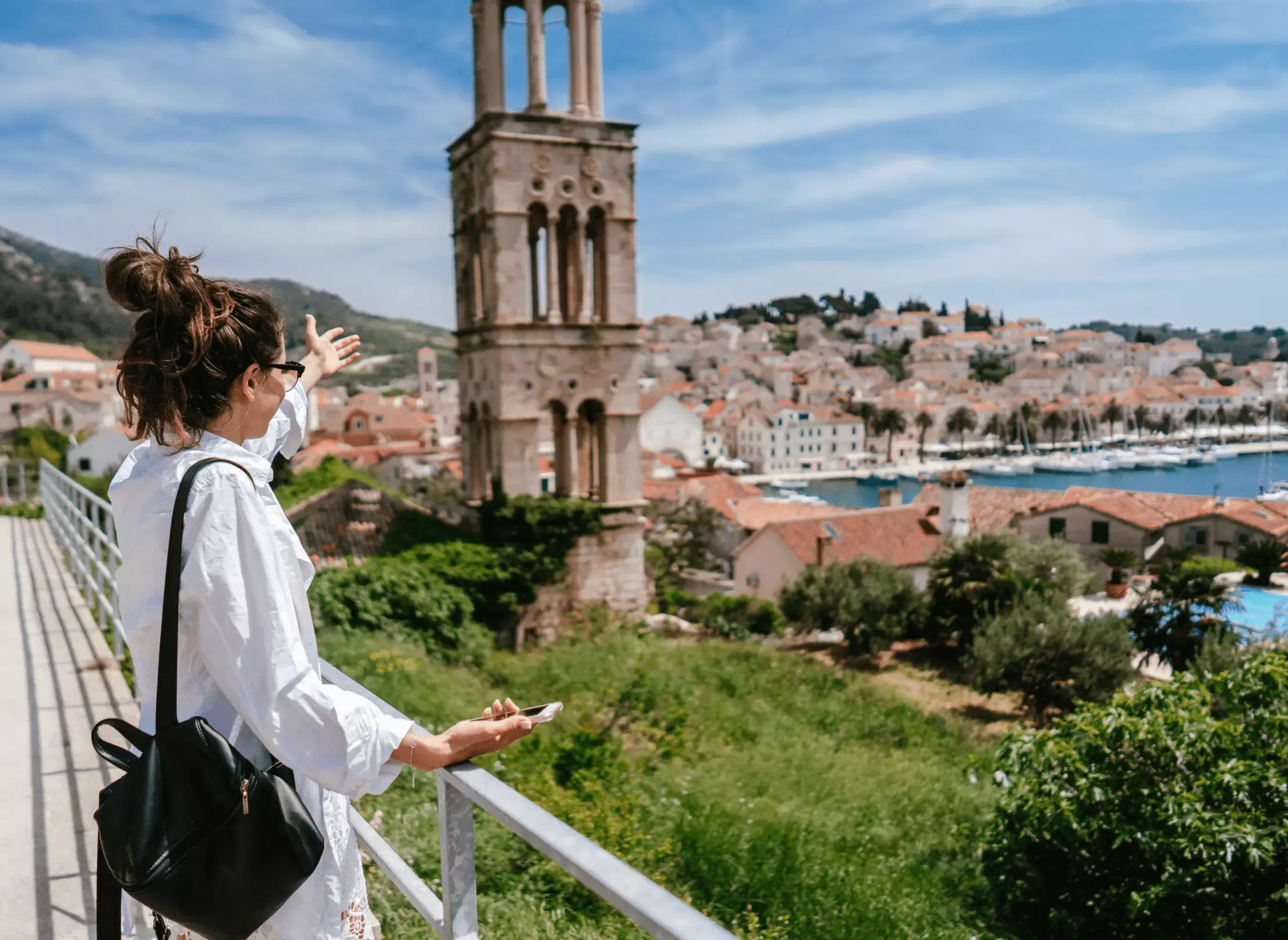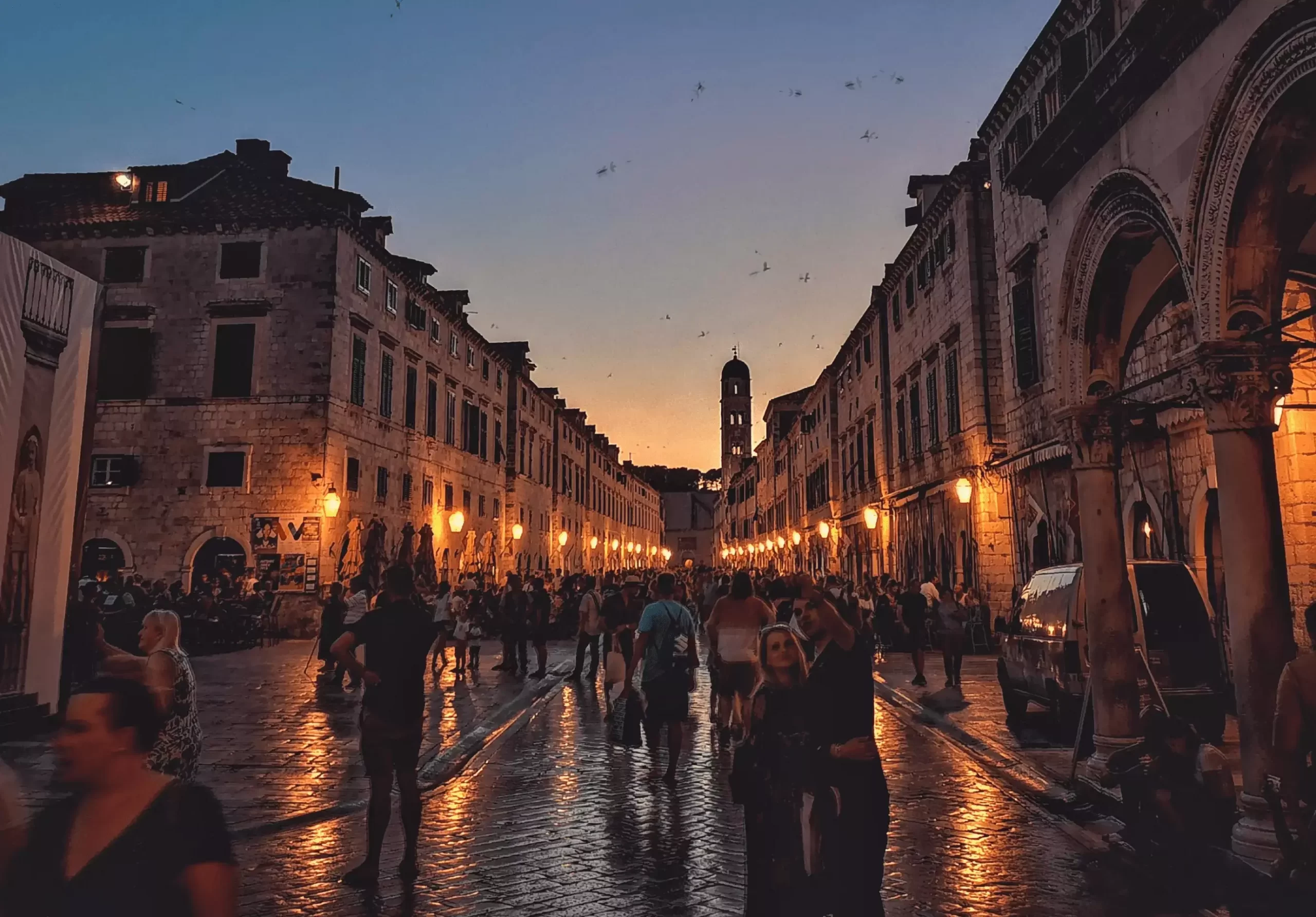


Smještena između Balkana i srednje Europe, ova je zemlja tisućljećima prolazila između suprotstavljenih kraljevstava, carstava i republika. Ako postoji dobra strana ove kontinuirane dislokacije, to je u bogatom kulturnom naslijeđu koje je svaki ostavio za sobom. Venecijanske palače priljubljene su uz Napoleonove utvrde, rimski stupovi strše iz ranih slavenskih crkava, a bečke palače sučeljavaju se sa socrealističkim skulpturama. Izvrsni muzeji prikazuju blaga koja pokrivaju raspon europske povijesti, od prapovijesti do postkomunističke, pričajući priču koja je podjednako fascinantna i užasavajuća.
Istraživanje i otkrivanje glavnih povijesnih atrakcija u Hrvatskoj, posjet jednom od brojnih primorskih stoljetnih lučkih gradova s kamenim građevinama iz rimskog doba i obrambenim zidinama također je dio vašeg odmora. Posjetite Dubrovnik i saznajte više o gradskim zidinama i bogatoj povijesti ove male, ali vrlo utjecajne republike.
Poslužujući klasični dalmatinski koktel povijesnih gradova, vode poput dragulja, krševitih vapnenačkih planina, osunčanih otoka, predivne klime i mediteranske kuhinje, ova regija je san turista. Ipak, gradovi i otoci južnije su ti koji su u središtu pozornosti, ostavljajući Sjevernu Dalmaciju, ako ne sasvim neotkrivenu, onda zasigurno manje preplavljenu. S jahtom Alfa Mario možete ploviti između nenaseljenih otoka bez trunke razvoja, izgubljeni u snovima davnog Mediterana, dok planinari mogu lutati usamljenim stazama na kojima još obitavaju medvjedi i vukovi i istraživati tri najimpresivnija hrvatska nacionalna parka koji se nalaze u zaleđe


Hrvatska je zemlja s preko 1000 otoka i ukupno preko 4500 kilometara obale. Hrvatska itinerar vodi vas na vrijedne hrvatske otoke i hrvatsku obalu ispunjenu netaknutim uvalama i uvalama koje zgodno okružuje kristalno čisto tirkizno more Jadranskog mora. Netaknutu prirodu i ljepotu Hrvatske dobro predstavljaju dva stroga rezervata i jedanaest parkova prirode te osam nacionalnih parkova: Brijuni, Kornati, Plitvička jezera, Risnjak, Mljet, Krka i Nacionalni park Sjeverni Velebit čija netaknuta prirodna ljepota zauzima 8% cjelokupnog zemlja.
Hrvatska je od sredine 19. stoljeća glavna turistička destinacija u Europi, a jedan od najvećih razloga zašto je Hrvatska tako popularna destinacija je prekrasna obala duž Jadranskog mora. Otkrijte i istražite najljepše djeliće hrvatske obale i otoka uz Alfa Mario brod gdje možete otkriti najljepše plaže i mjesta za odmor upotpunjene očaravajućim i slikovitim krajolicima dalmatinske obale.
Protegnuta duž pjenušavog plavog Jadranskog mora, Hrvatska se neprestano hvata u žudnju putnika sa svojim šljunčanim uvalama, valovitim zelenim brežuljcima i povijesnim, ali živahnim gradovima, koji su domaćini festivala i događanja tijekom cijele godine. Visoka sezona u Hrvatskoj u srpnju i kolovozu nudi zajamčeno sunce, ali i zajamčenu gužvu, dijelom zbog toga što su europske škole na ljetnim raspustima. Sezona ramena izvrsno je vrijeme za posjet obali: Jadran je dovoljno topao za kupanje, gužve su rjeđe, a cijene niže. U proljeće i rano ljeto, maestral (jaki, postojani zapadni vjetar) omogućuje izvrsnu plovidbu.
Convallis convallis tellus id interdum velit laoreet id donec. Arcu bibendum at varius vel. Duis tristique sollicitudin nibh sit. Iaculis eu non diam phasellus vestibulum. Tempus imperdiet nulla malesuada pellentesque elit. Amet consectetur adipiscing elit ut aliquam purus sit amet. Nunc aliquet bibendum enim facilisis gravida neque convallis. Cursus vitae congue mauris rhoncus. Dolor sed viverra ipsum nunc. Potenti nullam ac tortor vitae purus faucibus ornare. Cum sociis natoque penatibus et magnis. Viverra ipsum nunc aliquet bibendum enim facilisis gravida neque convallis. Volutpat maecenas volutpat blandit aliquam etiam. Aliquam vestibulum morbi blandit cursus. Tincidunt tortor aliquam nulla facilisi cras fermentum. At augue eget arcu dictum. Leo a diam sollicitudin tempor id eu. At risus viverra adipiscing at in tellus integer feugiat.

Prema podacima Europske agencije za okoliš, hrvatske plaže imaju druge najčišće vode u Europi. Stoga su hrvatske plaže samo jedan od razloga zašto biste trebali posjetiti ovu prekrasnu zemlju. Ove zadivljujuće azurne vode dolaze s blagom mediteranskom klimom, nautičkim avanturističkim sportovima, gradovima s bogatom i raznolikom poviješću i ukusnom gurmanskom hranom koja je proglašena jednom od najzdravijih na svijetu. Prva stvar koja vas dojmi je izuzetna bistrina vode. Kada je postavljena na blistavo bijelu šljunčanu plažu, voda svjetluca intenzitetom poput dragulja u nijansama smaragda i safira. Ima i dugih pješčanih i šljunčanih područja. Bilo bi pretjerano reći da za svakoga ima ponešto – surferi bi trebali potražiti negdje drugdje – ali većina ljudi će pronaći plažu u Hrvatskoj koja odgovara njihovim potrebama za odmor.

While it appears on every “thing to do in Croatia” list, visiting the Old Town of Dubrovnik is one of the top Croatia activities, and for good reason. The city of Dubrovnik is simply stunning – there are so many museums, alleyways, and restaurants to check out, and there is so much history here to uncover. The buildings in the old city are made of white limestone that shines bright against the terracotta roofs of the Old Town and the deep blue of the Adriatic Sea below.
Medieval Dubrovnik, known as the “Pearl of the Adriatic,” has become one of the world’s top destinations. Its walled Old City is a UNESCO World Heritage Site, filled with magnificent architectural wonders and marble-paved streets. Visitors can marvel at buildings like the 15th-century Rector’s Palace and explore the remarkable Franciscan monastery complex which holds one of Europe’s oldest pharmacies, founded in 1317. It’s also possible to walk atop the ancient city walls, enjoying a few of the Adriatic and nearby islands on one side, and the red-tiled roofs of the historic center on the other.
Despite being relentlessly shelled in the 1990s during Croatia’s Homeland War, its mighty walls, sturdy towers, medieval monasteries, baroque churches, graceful squares and fascinating residential quarters all look magnificent again. For an unrivaled perspective of this Adriatic pearl, take the cable car up Srđ, the city's craggy backdrop. For a more intimate glimpse, circle the city walls and peer into hidden gardens and ancient lanes strung with laundry.